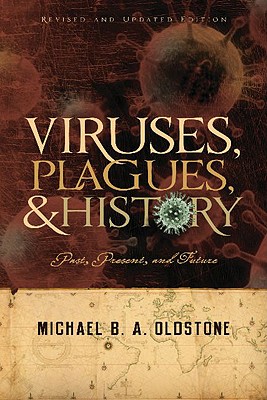Expedite your nonfiction book discovery process with Readara interviews, summaries and recommendations, Broaden your knowledge and gain insights from leading experts and scholars
In-depth, hour-long interviews with notable nonfiction authors, Gain new perspectives and ideas from the writer’s expertise and research, Valuable resource for readers and researchers
Optimize your book discovery process, Four-to eight-page summaries prepared by subject matter experts, Quickly review the book’s central messages and range of content
Books are handpicked covering a wide range of important categories and topics, Selected authors are subject experts, field professionals, or distinguished academics
Our editorial team includes books offering insights, unique views and researched-narratives in categories, Trade shows and book fairs, Book signings and in person author talks,Webinars and online events
Connect with editors and designers,Discover PR & marketing services providers, Source printers and related service providers
Viruses, Plagues, and History : Past, Present and Future


Summary
Although viral outbreaks have been around for centuries, we still know so little about these giant killers. As people continue to reach the far corners of the world and are increasingly encroaching on more and more wildlife habitats, viral plagues are only going to intensify and become deadlier.
In his book Viruses, Plagues, and History: Past, Present and Future, Michael B.A. Oldstone, MD, Professor Emeritus and head of the Viral Immunology Laboratory at the Scripps Research Institute, offers a lucid explanation of how viral diseases managed to deplete native populations on different continents, causing dramatic geographic, economic, and religious changes.
Smallpox, polio, measles, yellow fever, HIV AIDS, SARS, West Nile virus, mad cow disease are just a few of the deadly diseases that humanity has had to face with in the past five centuries, but this list is certainly going to grow.
Even a century later, we still do not know why the lethal Spanish flu managed to kill more than 50 million people around the world. Advances in detective virology, therapeutics and our understanding of the basic functions of the immune system may have helped in dealing with several epidemics, yet the risks of the next viral pandemic or bioterrorist attack are always clear and present.
The sobering legacy of the number of infections and lives claimed by deadly viruses worldwide: smallpox – 300 million; HIV – 39 million infected, 17 million deaths; measles – 130 million infected, 8 million deaths.
About Michael B a Oldstone
Michael B. A. Oldstone, M.D., is Professor and Head of the Viral-Immunobiology Laboratory at The Scripps Research Institute.
A leader in the field, he has been the recipient of numerous awards and honors and has served or serves on several national and international committees charged with understanding, treating and eliminating viral diseases.
He was a consultant to the World Health Organization for the eradication of poliomyelitis and measles, and was a member of the SAGE Executive Board. He is a member of the National Academy of Sciences.
Education
M.D. (Medicine), University of Maryland, College Park, School of Medicine, 1961
Ph.D. (Biochemistry), Johns Hopkins University, Pratt Institute of Biochemistry, 1959
B.A. (English and History), The University of Alabama (Tuscaloosa), 1954
Source: Scripps Research
